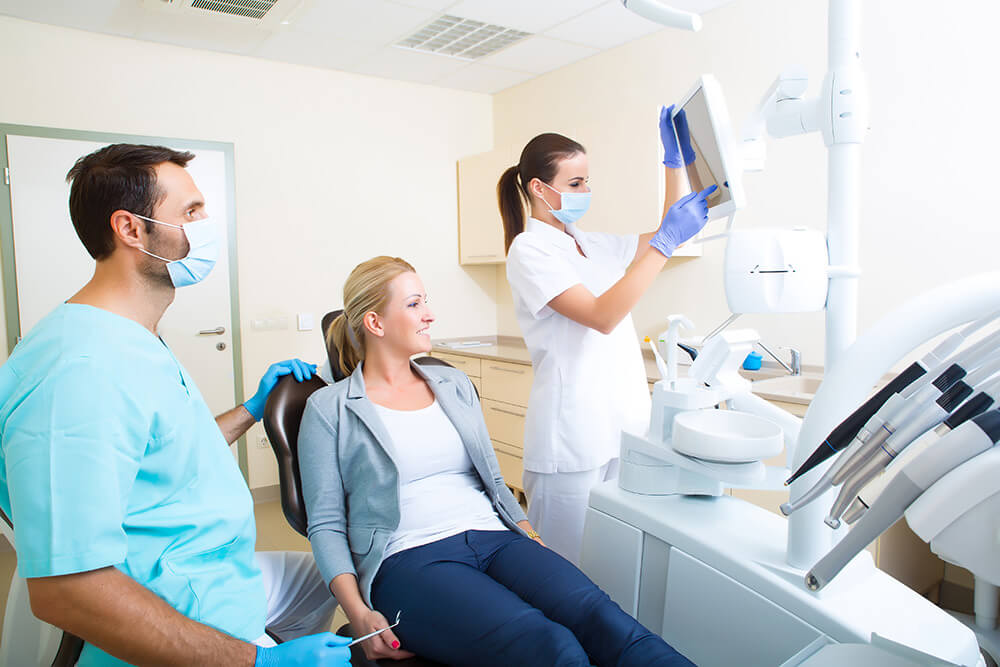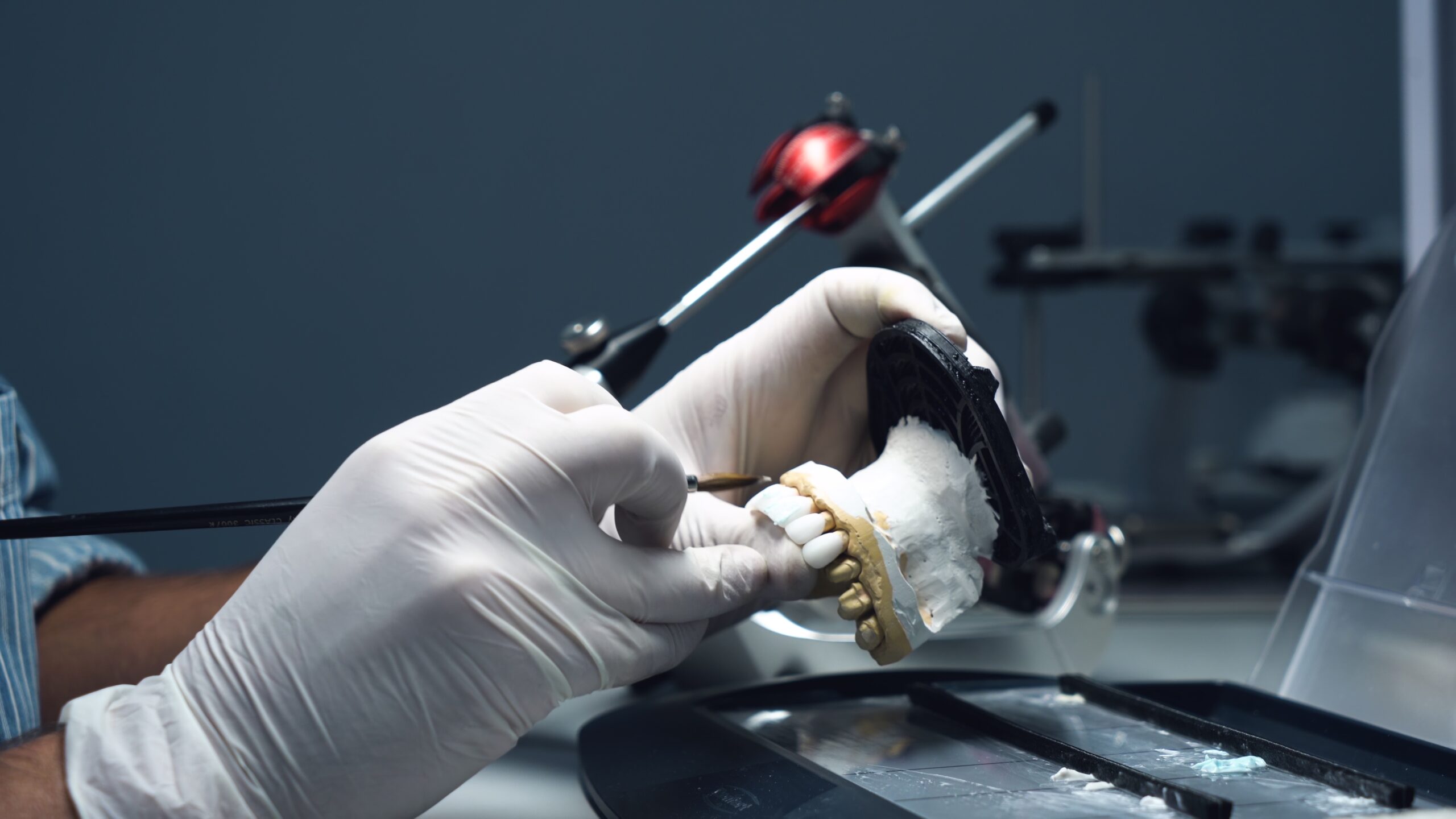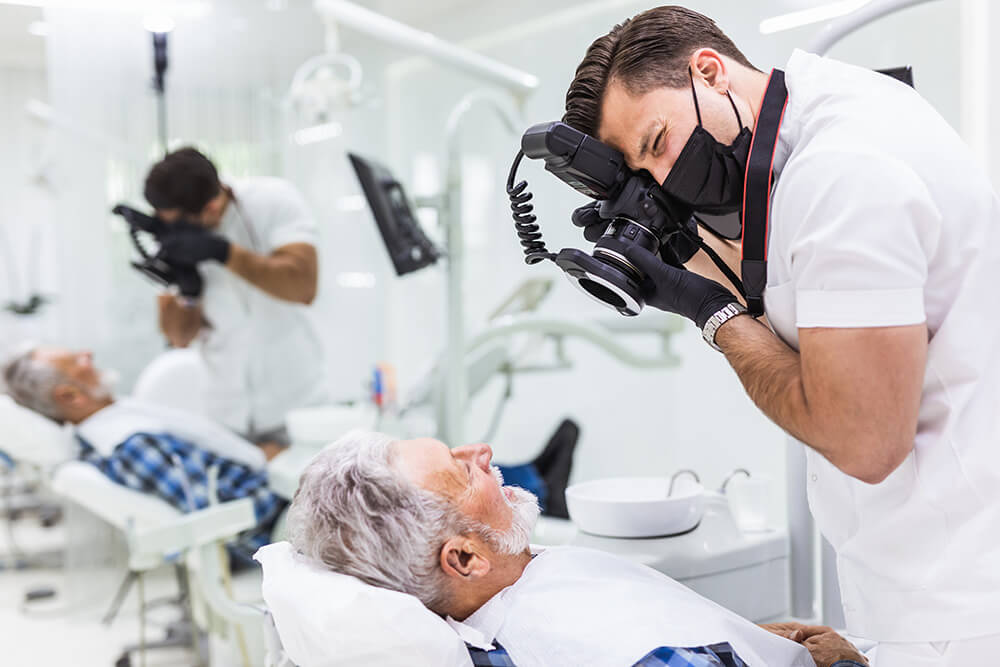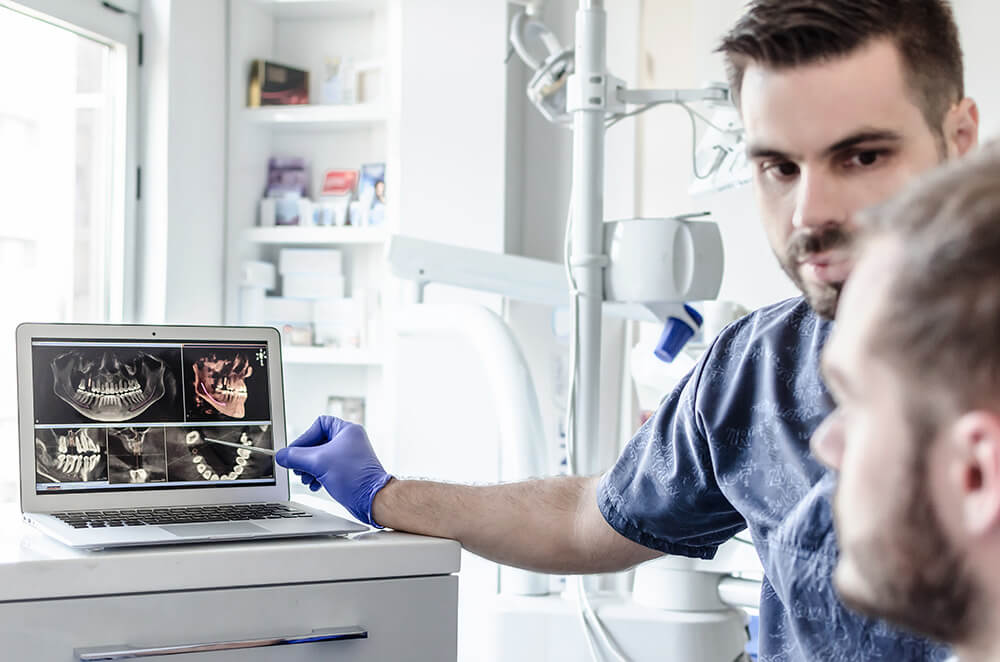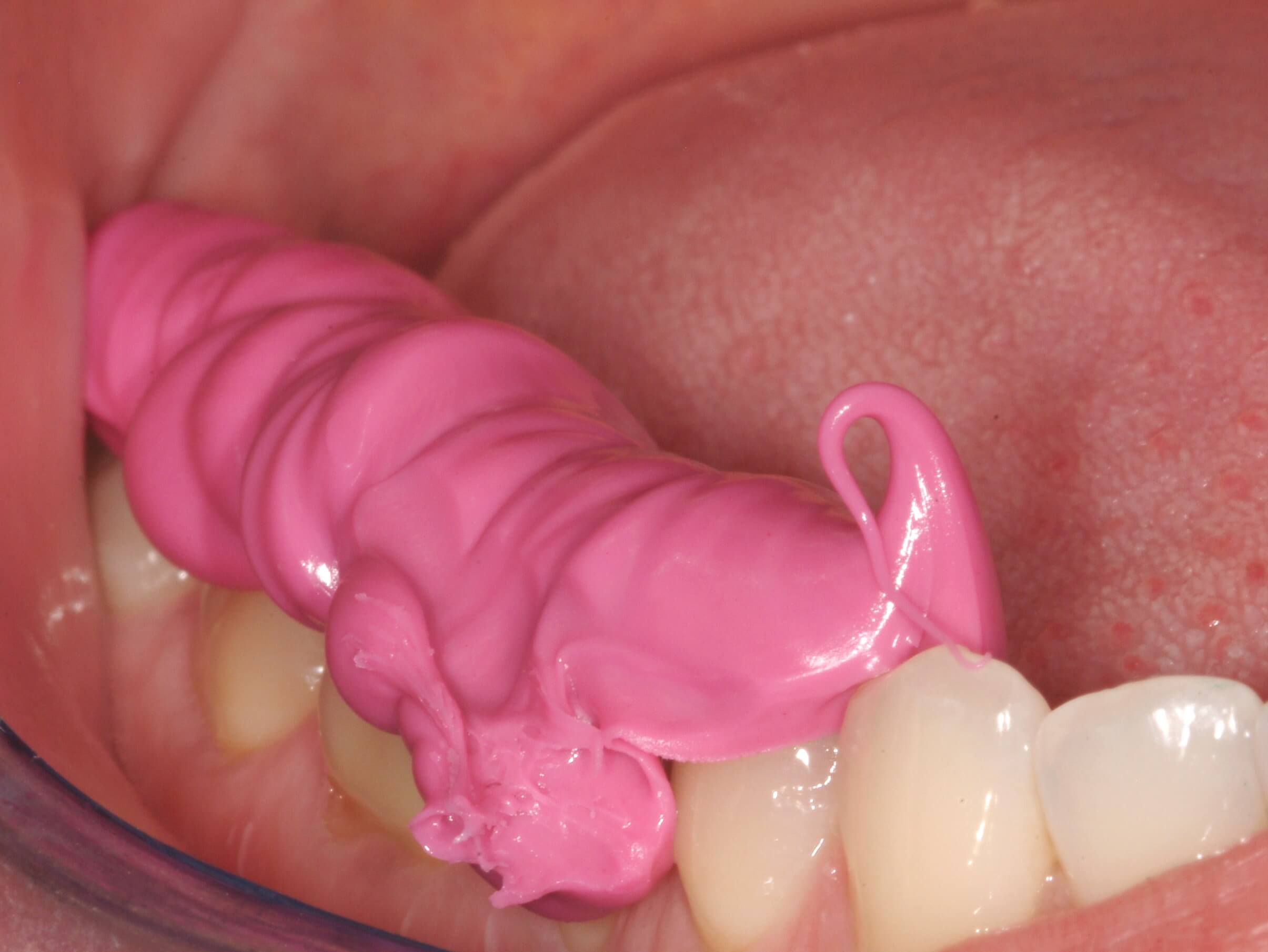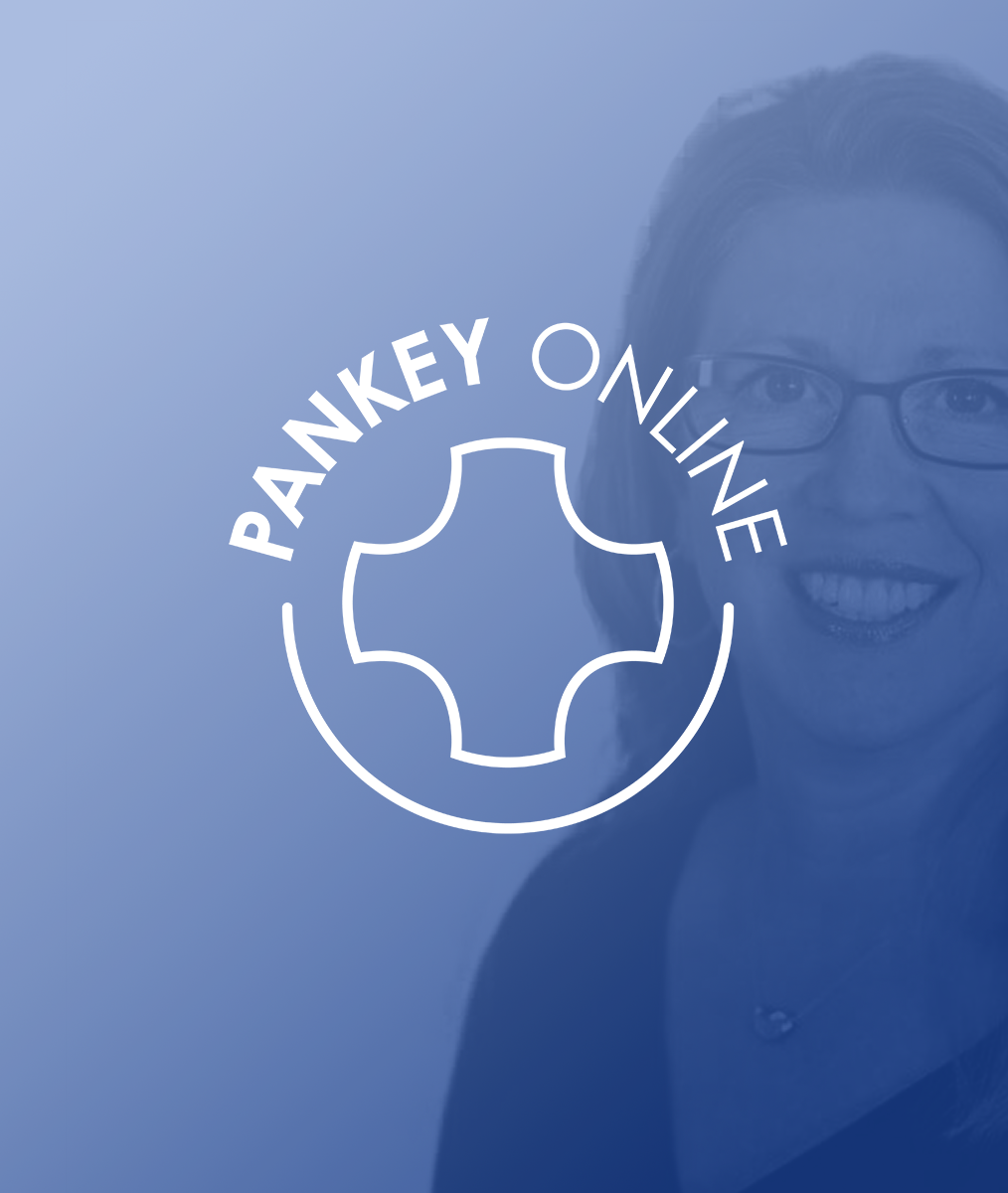12 Things DSOs Strive to Do that Private Practices Can Do to Flourish
For support organizations and dental service organizations (DSOs) to scale, they focus on developing a branding patient experience and a predictably profitable business model. They seek to maximize:
- efficiency while serving the needs of consumers,
- provide a wonderful patient experience, and
- increase both their top and bottom financial lines.
Dentists who have chosen the private practice way of life may want to reflect on the following 12 things DSOs strive to do in 2022, and then apply these tactics to their own business model. These tactics have been among the top topics of conversation at DSO meetings in 2021 and 2022 and will sound familiar to those who follow The Pankey Institute. Why familiar? Because they are top topics also discussed among private practitioners and many are addressed within the Pankey Institute curriculum.
1.Monitor more aspects of your clinical and business operations to determine what is working well and what problems need solving. Then solve the problems as rapidly as you can. As the practice leader, open your eyes and ears, and lead.
2. Track key performance indicators and seek growth in those KPIs.
3. Cultivate a positive practice culture and work environment in which employees want to work and patients want to visit. Team members should constantly check in with each other to communicate what is happening “now” and intentionally tune their senses to know how they can help one another. The goal is both a wonderful patient experience and a wonderful team experience.
4. Design systems and protocols with intention, follow them, and assess them for improvement. Make sure team members understand the Whys.
5. Invest in training your clinical and business teams. Especially important in the last two years are to:
-
- Realize the potential of each team member and affirm they are valuable to the practice.
- Educate clinical and front office teams in how to best engage and support patients with special attention to facilitating the treatments patients need. DSOs have targeted implant treatment and doctor-supervised, clear aligner orthodontics as two niches to focus their education efforts on with staff and patients.
- Educate front office team members in how to appropriately maximize lead conversion, so the cost of expensive digital marketing can be contained. With increased new patient acquisition, reserve more time on the schedule for new patient appointments. In 2022, if new patients must wait, they tend to go elsewhere.
6. Maximize clinical technology to improve the patient experience and increase the efficiency and accuracy of clinical records, diagnosis, treatment planning, dental lab communication, and manufacturing.
7. Maximize practice management technology to improve the patient experience and increase the efficiency and accuracy of business operations, for example, AI enhanced software that automates billing and online collections or reviews insurance claims for accuracy prior to submission.
8. Migrate to a Cloud-based PMS system to ensure the security of your data.
9. Block schedule to do more procedures in a single visit. Patients and clinicians benefit from this efficiency. Maximize spaces in the visit—as you transition from one procedure to another, to enhance relationships with conversation.
10. Deploy a dental assistant to assist in hygiene, for example, to help clean and turnaround hygiene operatories between hygiene patients. This way, the hygienist’s relationship time with patients is not shortened or eliminated in the race to meet clinical demand.
11. Ensure adequate front desk coverage, so there is always time for those personable conversations that ideally occur when each patient arrives and leaves their appointment. Manage your human resources so almost all phone calls are answered live during business hours by a receptionist well versed in optimal conversation with dental patients.
12. Frequently ask, “What is our branding patient experience? What can we do better to meet the desires and needs of our existing patients and the prospective patients we target?”
Looking at this list, I can’t help but think that Dr. L.D. Pankey would smile. Just because you don’t have a corporate support organization helping you run your business doesn’t mean you can’t do these things on a smaller scale and possibly do them better.
Related Course
E1: Aesthetic & Functional Treatment Planning
DATE: May 16 2024 @ 8:00 am - May 19 2024 @ 2:30 pmLocation: The Pankey Institute
CE HOURS: 39
Dentist Tuition: $ 6500
Single Occupancy Room with Ensuite Bath (Per Night): $ 290
This Course Is Sold Out! Transform your experience of practicing dentistry, increase predictability, profitability and fulfillment. The Essentials Series is the Key, and Aesthetic and Functional Treatment Planning is where your journey…
Learn More>
